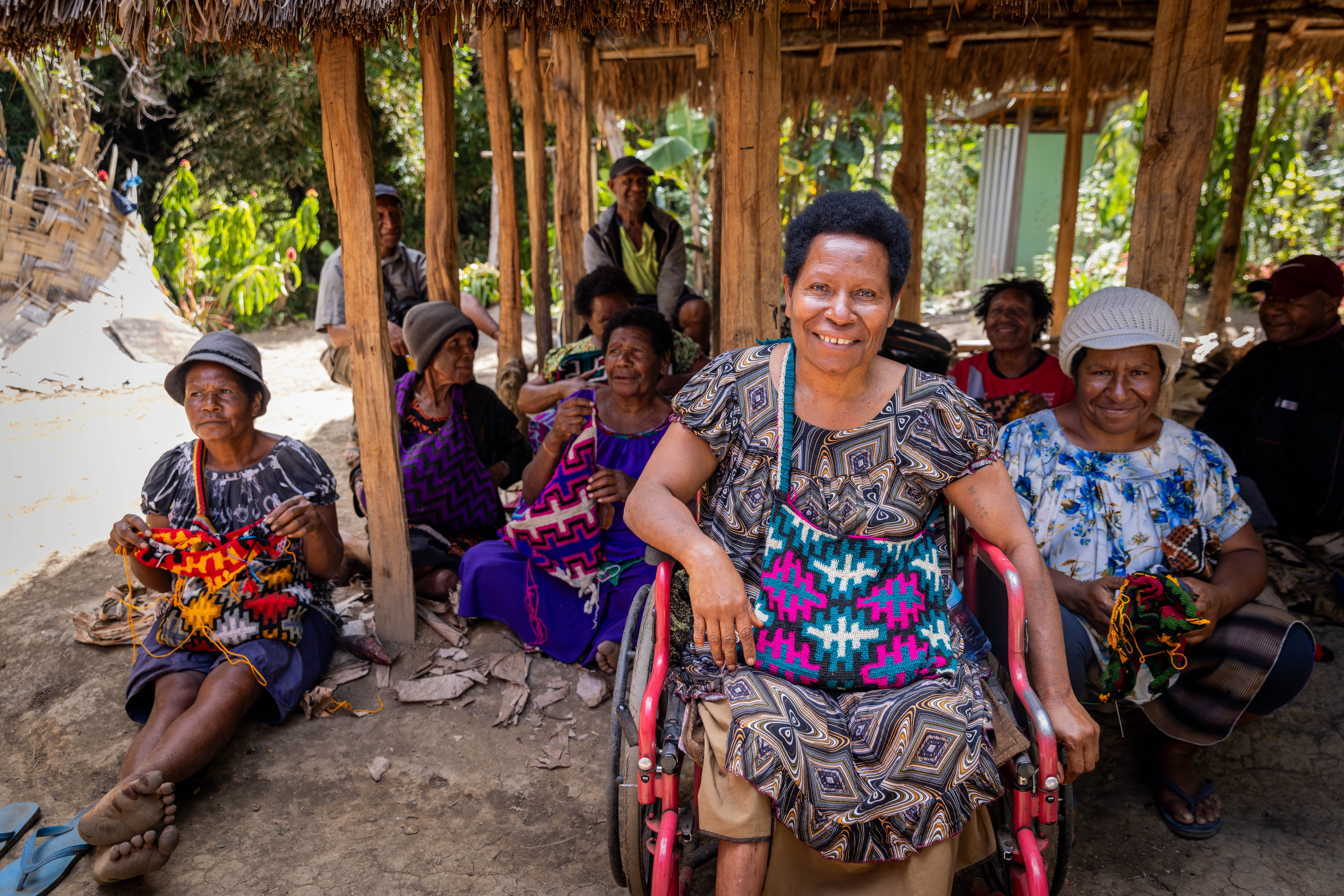Preconditions for inclusion – what they are and what they’re not
Iag, Preconditions-for-inclusion | September 1, 2025
The preconditions are the key elements that need to be in place in society to build an enabling environment for inclusion and equity for people with disabilities.
Even where disability inclusion is “mainstreamed” in international development programs, investments and services, incorporating robust disability-inclusion practices, people with disabilities may not be able to benefit because of structural gaps which constitute barriers to access within the broader context or environment outside that program or service.
Such structural gaps may include:
- No access to assistive technology or support services to enable people with disabilities to move around, communicate or participate with independence, ease and dignity
- Inaccessible footpaths, roads, transport, information and communication
- Discriminatory and prejudicial attitudes and norms throughout various parts of society that make it difficult or even dangerous to try to participate
- No awareness that they have equal rights to services opportunities (such as employment, education or more), lack of legal protections against discrimination on the basis of disability, and/or lack of legal pathways to complain or seek redress for discrimination
- Lack of resources to pay for the extra costs that come with having a disability
Addressing these structural barriers from community to national levels is required to create an enabling environment for equal participation of people with disabilities.
There are core common preconditions are the key elements to inclusion: accessibility, assistive technology, support services and non-discrimination. Some organisations have added elements reflecting their particular purpose and context.
The Pacific Disability Forum has included social protection and community-based inclusive development in their preconditions list, and CBM Global reflects the extra costs of disability, community inclusion, as well as inclusive budgeting and data, and empowerment and participation, within their expanded framework.
When these elements are not in place, there are likely to be significant and persistent structural barriers that prevent people with disabilities from participating in programs, services, opportunities and everyday life in their communities on an equal basis with others. This will occur even when international development programs have strong disability inclusion practices.
As the concept of preconditions is gaining traction globally, a conversation also needs to be had on what they are not.
There needs to be a clear distinction between the preconditions for inclusion and general disability-inclusion practices within international development and humanitarian programs. General disability-inclusion practices:
- Are about making an individual program, service or organisation more inclusive.
- Ensure people with disabilities can access an individual program, service or organisation on an equal basis with others.
- For example, bringing in a sign-language interpreter to a school if there is a Deaf student, or ensuring a workshop is held at an accessible venue.
- All development and humanitarian programs should plan and budget for disability-inclusion practices, even if they do not have disability as a principal objective.
By contrast, precondition-related efforts are disability-targeted programs that specifically focus on achieving long-term, systemic changes to address relevant structural gaps at the national, sub-national or community-wide levels.
Examples include a training program to address a shortage of sign-language interpreters, policy reform work to bring about legal recognition of sign language, or advocacy and law reform work to introduce building codes so that buildings across the country are accessible and compliance can be enforced.
Not all international development cooperation needs to incorporate the preconditions, but to see meaningful progress on disability equity it is vital that the preconditions are a strong focus within disability-targeted investments. At the same time, disability-inclusion practices should be adopted within all international development programming and policies.
Find out more about the Preconditions in our new framework.
https://www.cbm.org.au/iag/preconditions-for-inclusion/preconditions-for-inclusion-what-they-are-and-what-theyre-not
Related Stories

Supporting the Pacific Disability Forum to engage in and influence development processes
Since 2011, CBM’s Inclusion Advisory Group (CBM IAG) has...

Time To Change Global – Reducing Mental Health Stigma
In global effort to reduce mental health stigma, the Time to Change Global (TTCG)...

Gender and Disability: advancing intersectional equity within international programming
The Department of Foreign Affairs and Trade (DFAT)’s new...
